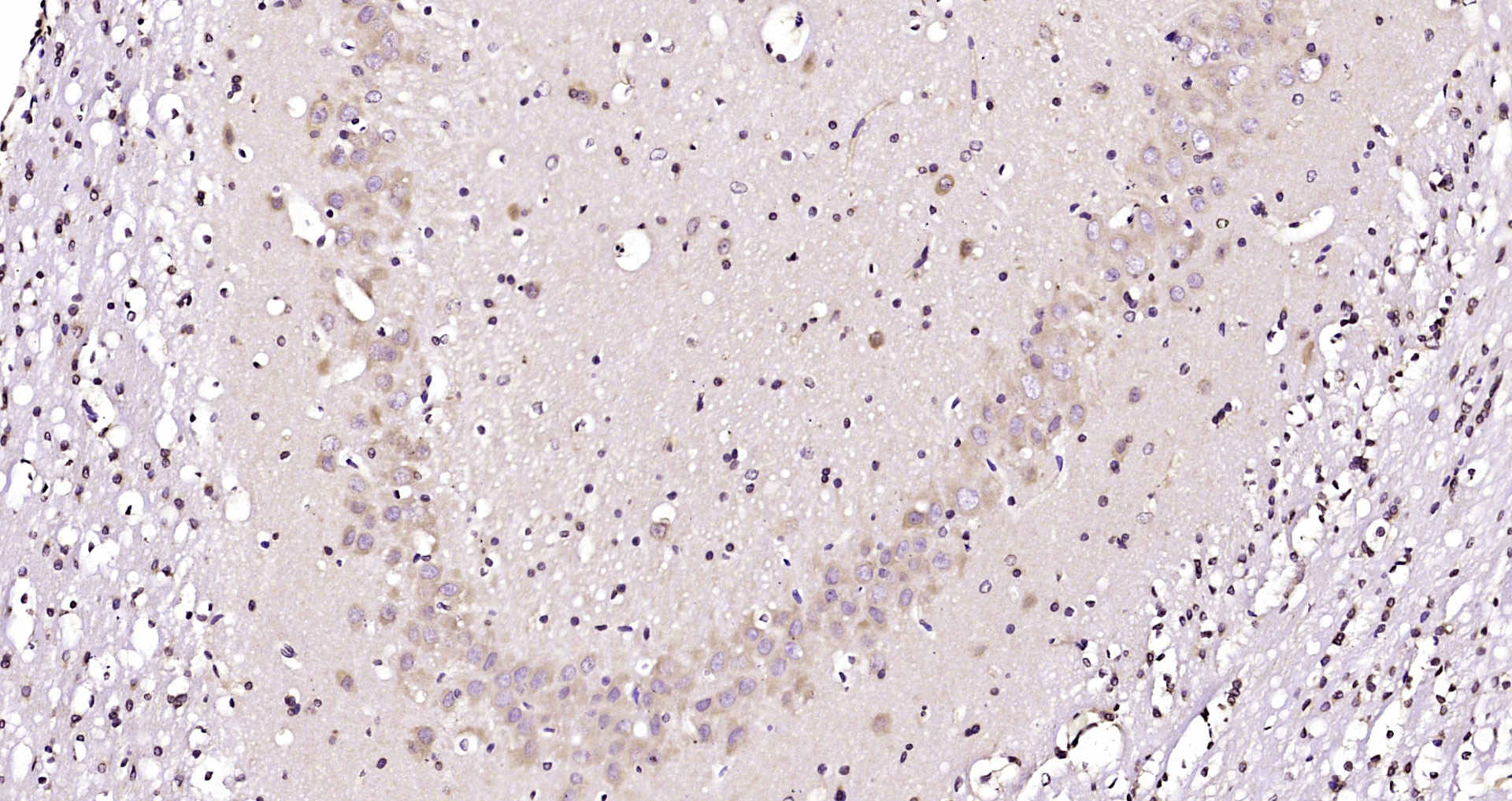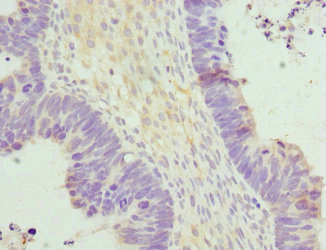HERPUD1 antibody
GTX112261
ApplicationsWestern Blot, ImmunoHistoChemistry, ImmunoHistoChemistry Paraffin
Product group Antibodies
TargetHERPUD1
Overview
- SupplierGeneTex
- Product NameHERPUD1 antibody
- Delivery Days Customer9
- Application Supplier NoteWB: 1:1000-1:10000. IHC-P: 1:100-1:1000. *Optimal dilutions/concentrations should be determined by the researcher.Not tested in other applications.
- ApplicationsWestern Blot, ImmunoHistoChemistry, ImmunoHistoChemistry Paraffin
- CertificationResearch Use Only
- ClonalityPolyclonal
- Concentration1 mg/ml
- ConjugateUnconjugated
- Gene ID9709
- Target nameHERPUD1
- Target descriptionhomocysteine inducible ER protein with ubiquitin like domain 1
- Target synonymsHERP, HERPUD1-IT1, Mif1, SUP, homocysteine-responsive endoplasmic reticulum-resident ubiquitin-like domain member 1 protein, HERPUD1 intronic transcript 1, MMS-inducible, homocysteine-inducible endoplasmic reticulum stress-inducible ubiquitin-like domain member 1 protein, homocysteine-inducible, endoplasmic reticulum stress-inducible, ubiquitin-like domain member 1, methyl methanesulfonate (MMF)-inducible fragment protein 1
- HostRabbit
- IsotypeIgG
- Protein IDQ15011
- Protein NameHomocysteine-responsive endoplasmic reticulum-resident ubiquitin-like domain member 1 protein
- Scientific DescriptionThe accumulation of unfolded proteins in the endoplasmic reticulum (ER) triggers the ER stress response. This response includes the inhibition of translation to prevent further accumulation of unfolded proteins, the increased expression of proteins involved in polypeptide folding, known as the unfolded protein response (UPR), and the destruction of misfolded proteins by the ER-associated protein degradation (ERAD) system. This gene may play a role in both UPR and ERAD. Its expression is induced by UPR and it has an ER stress response element in its promoter region while the encoded protein has an N-terminal ubiquitin-like domain which may interact with the ERAD system. This protein has been shown to interact with presenilin proteins and to increase the level of amyloid-beta protein following its overexpression. Alternative splicing of this gene produces multiple transcript variants, some encoding different isoforms. The full-length nature of all transcript variants has not been determined. [provided by RefSeq]
- Storage Instruction-20°C or -80°C,2°C to 8°C
- UNSPSC12352203






